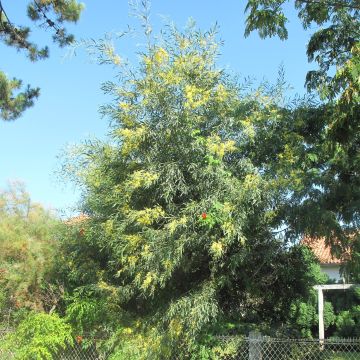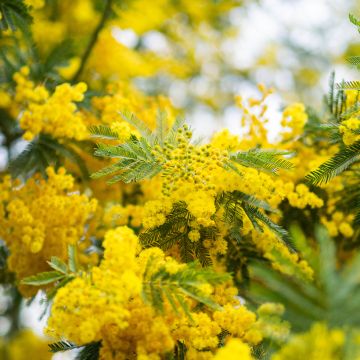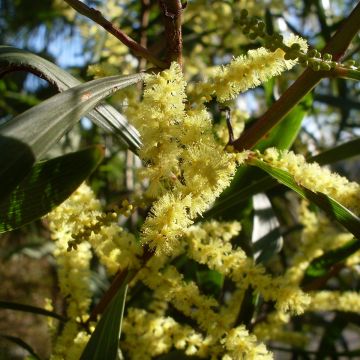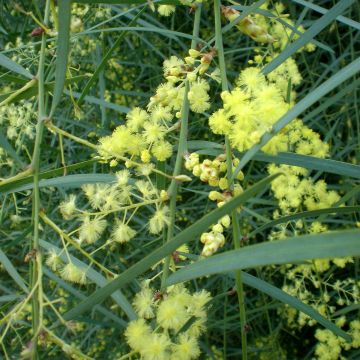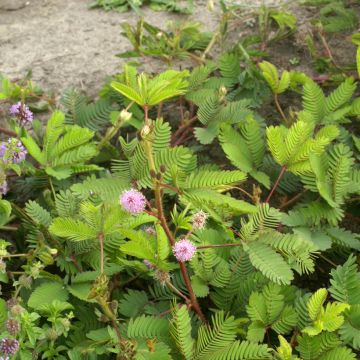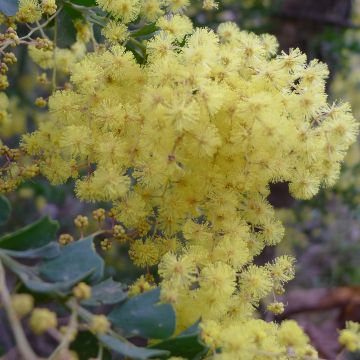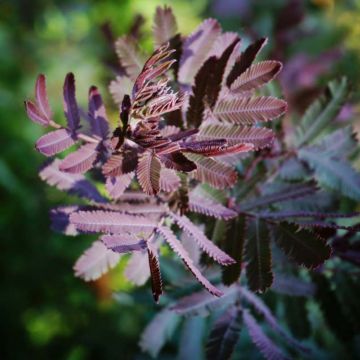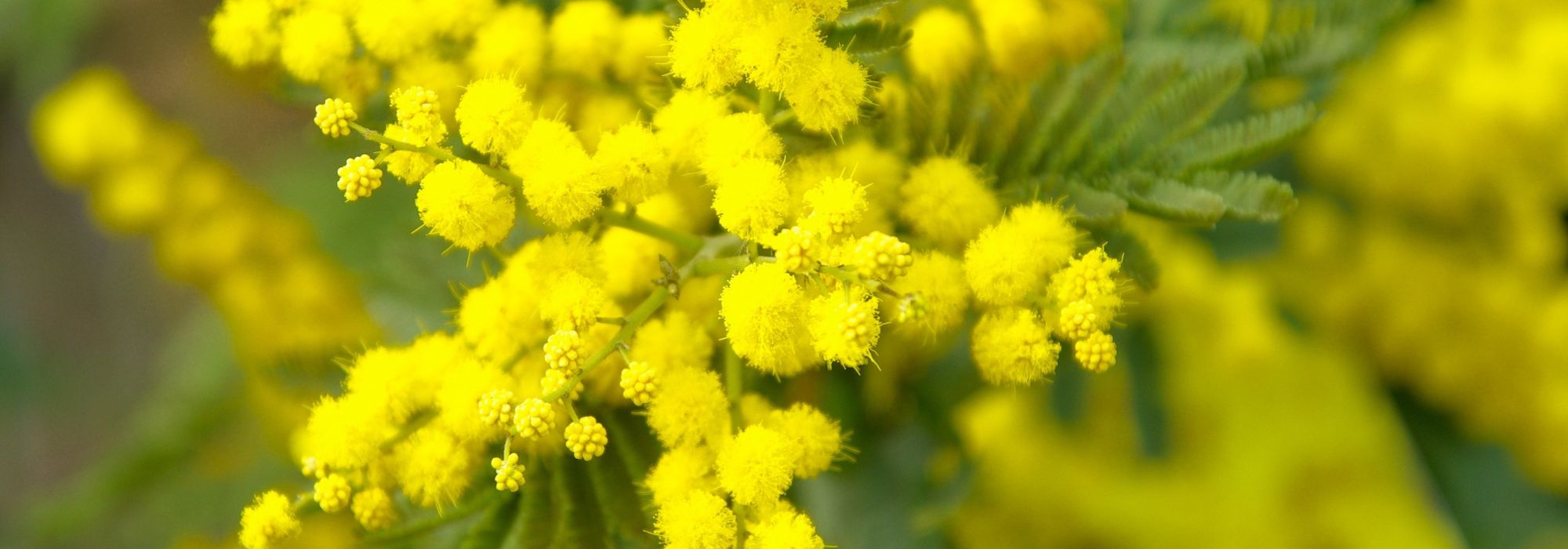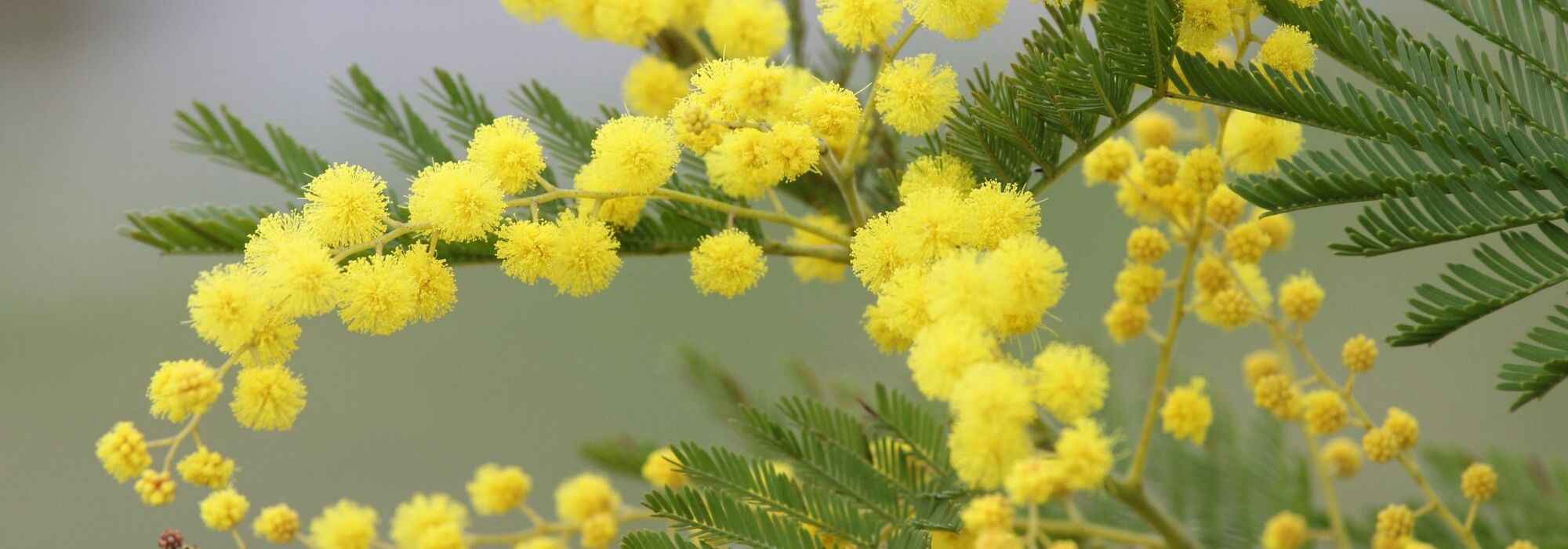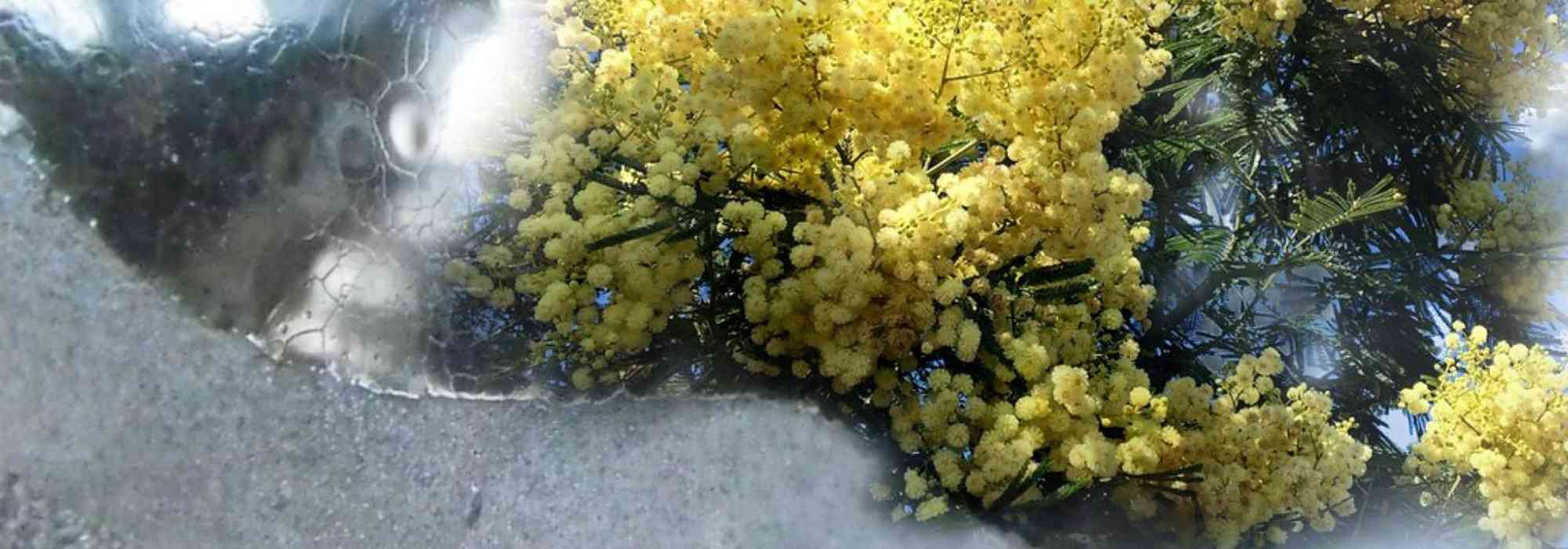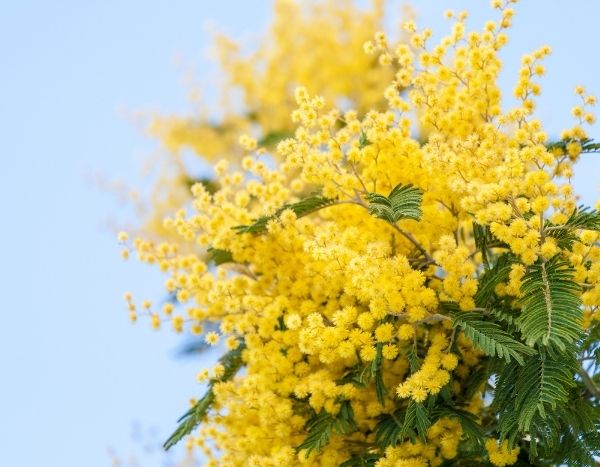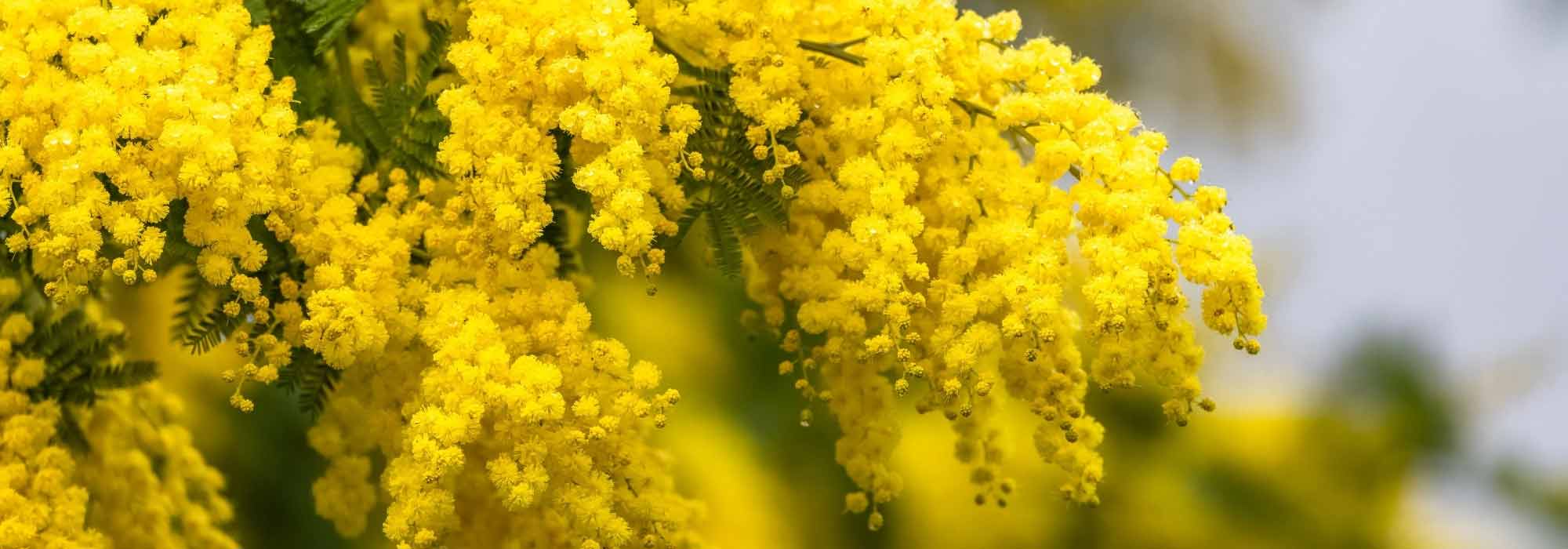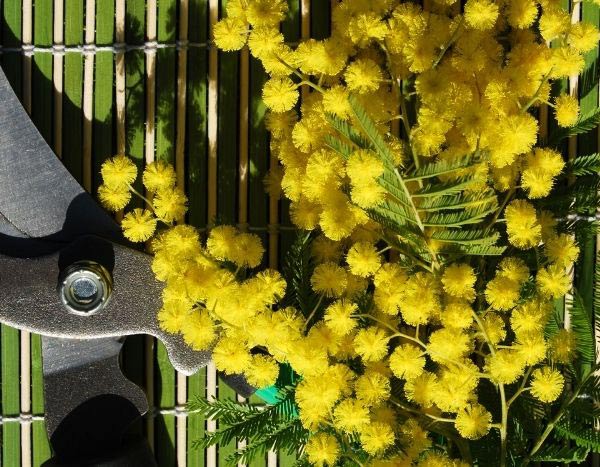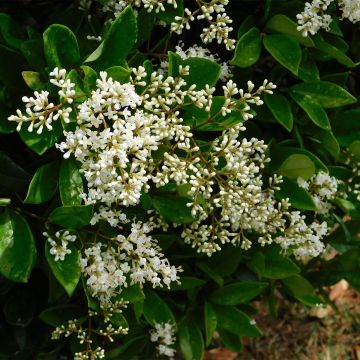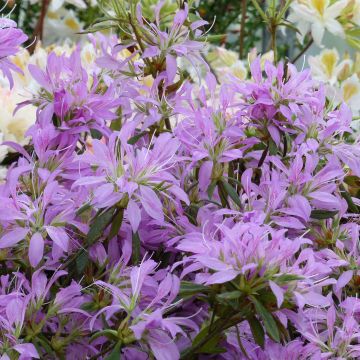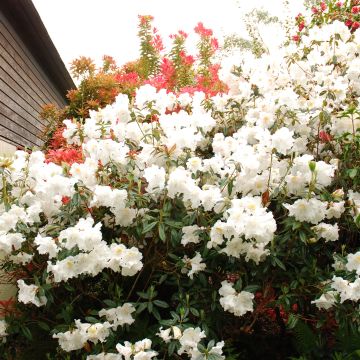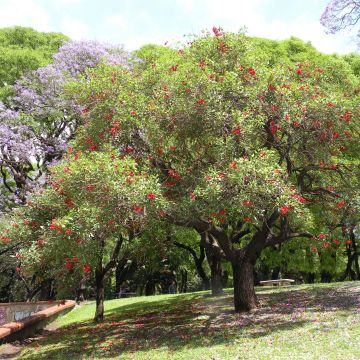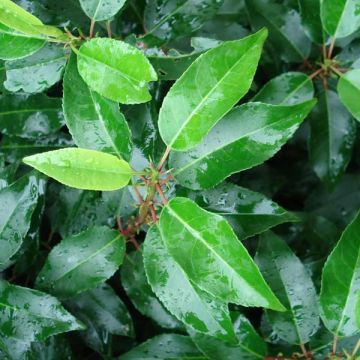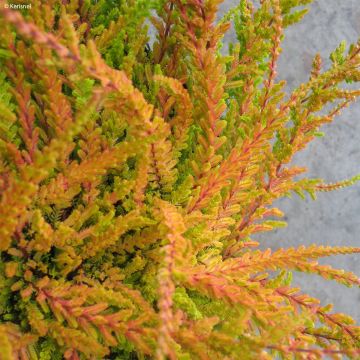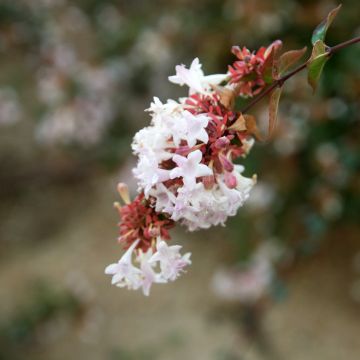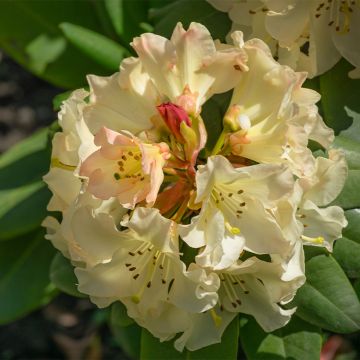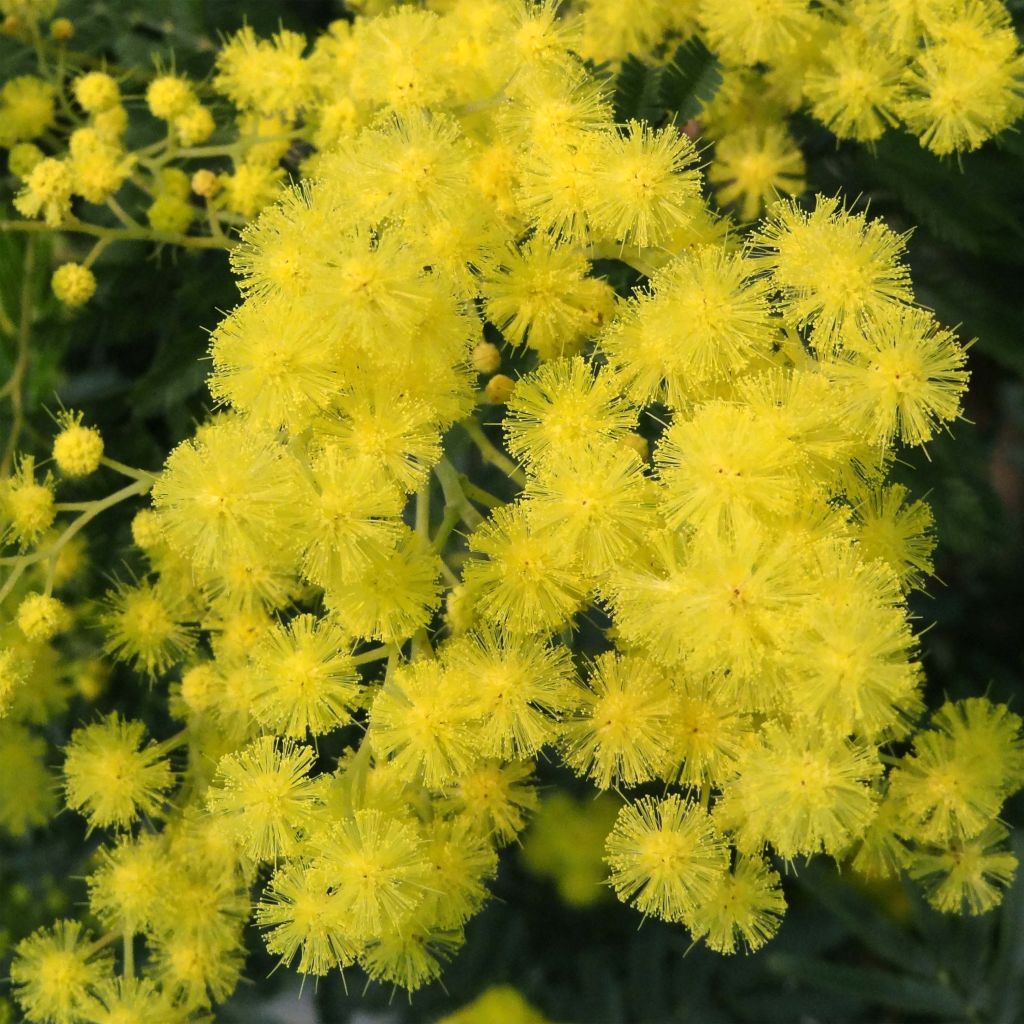

Acacia dealbata
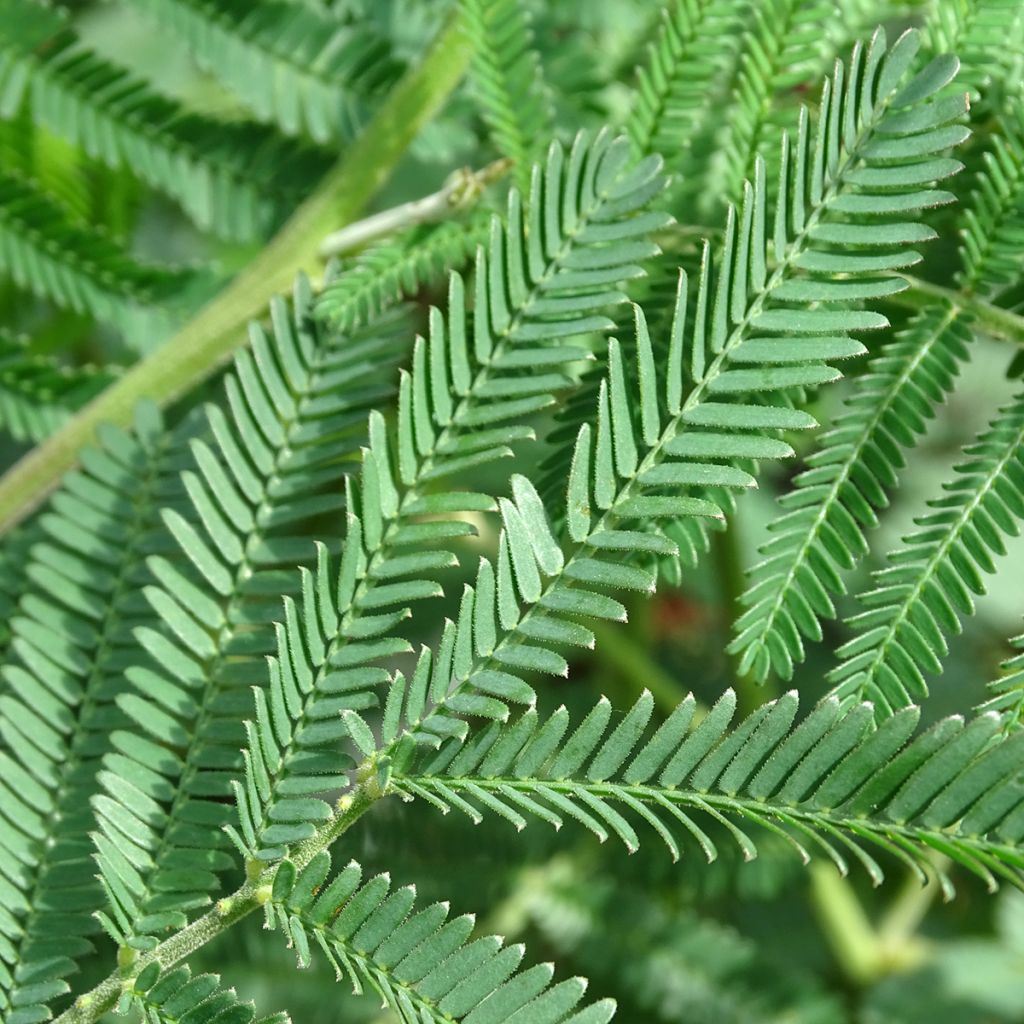

Acacia dealbata


Acacia dealbata
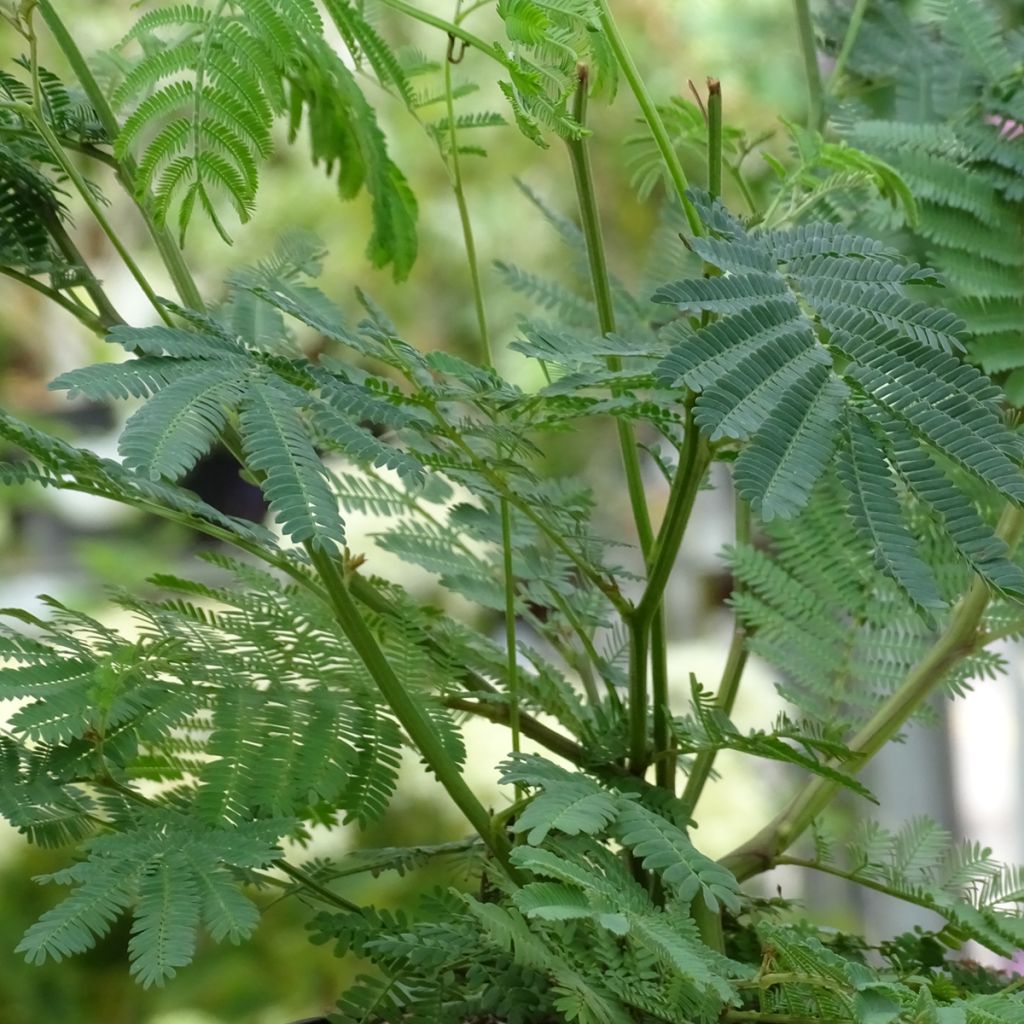

Acacia dealbata
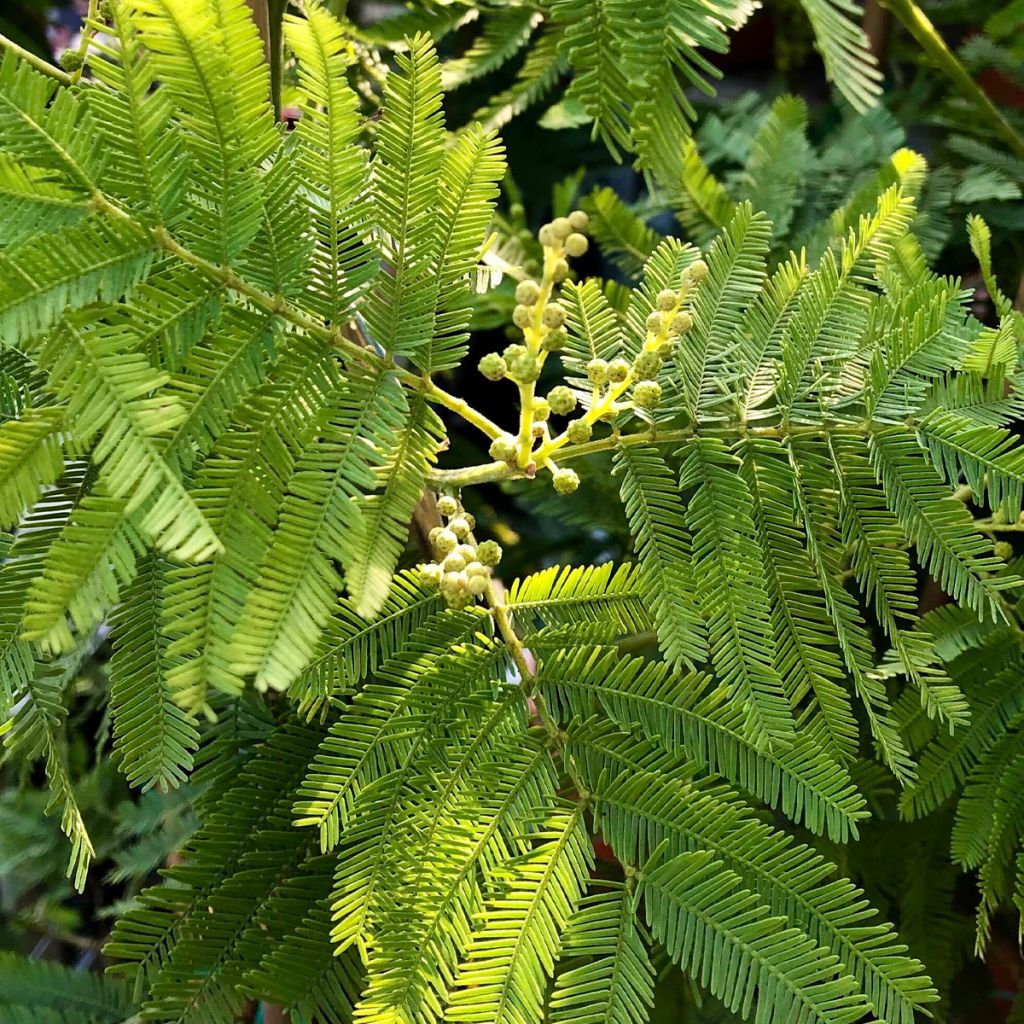

Acacia dealbata


Acacia dealbata


Acacia dealbata
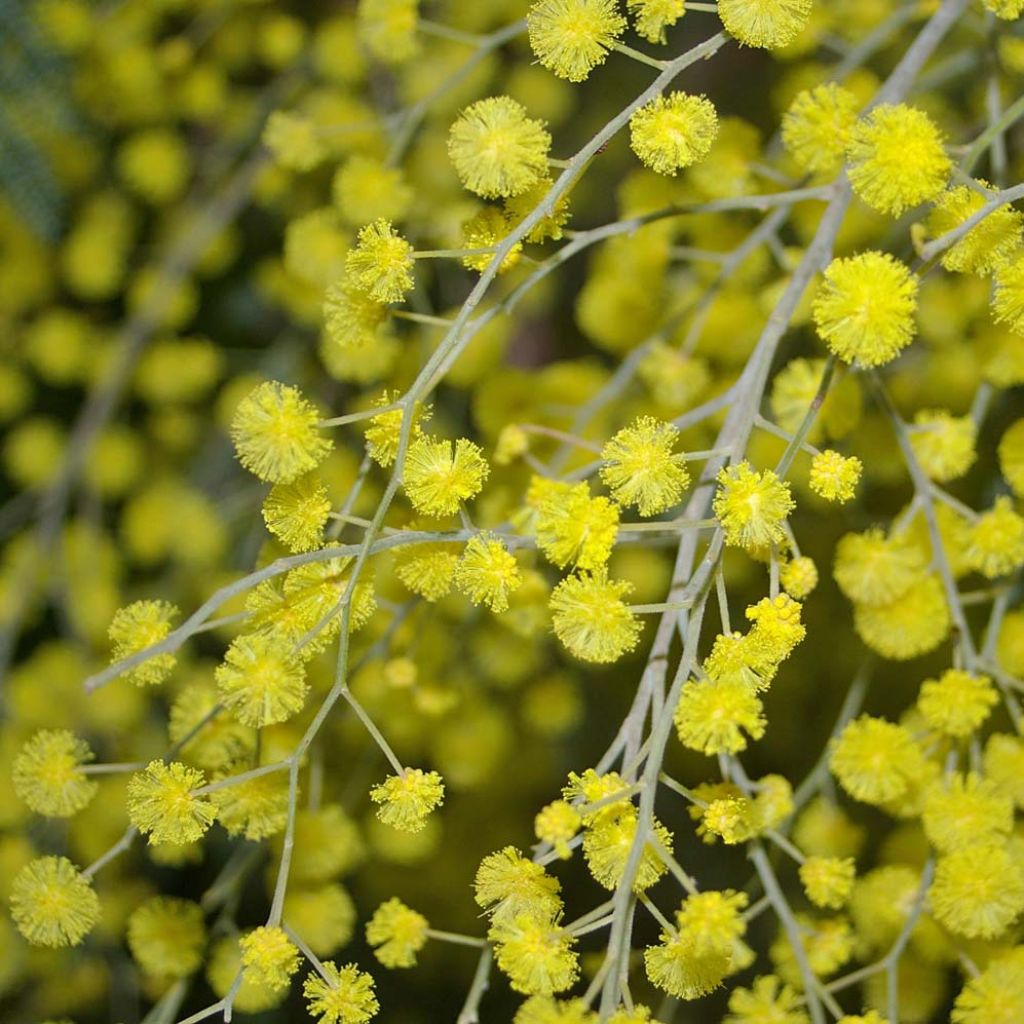

Acacia dealbata
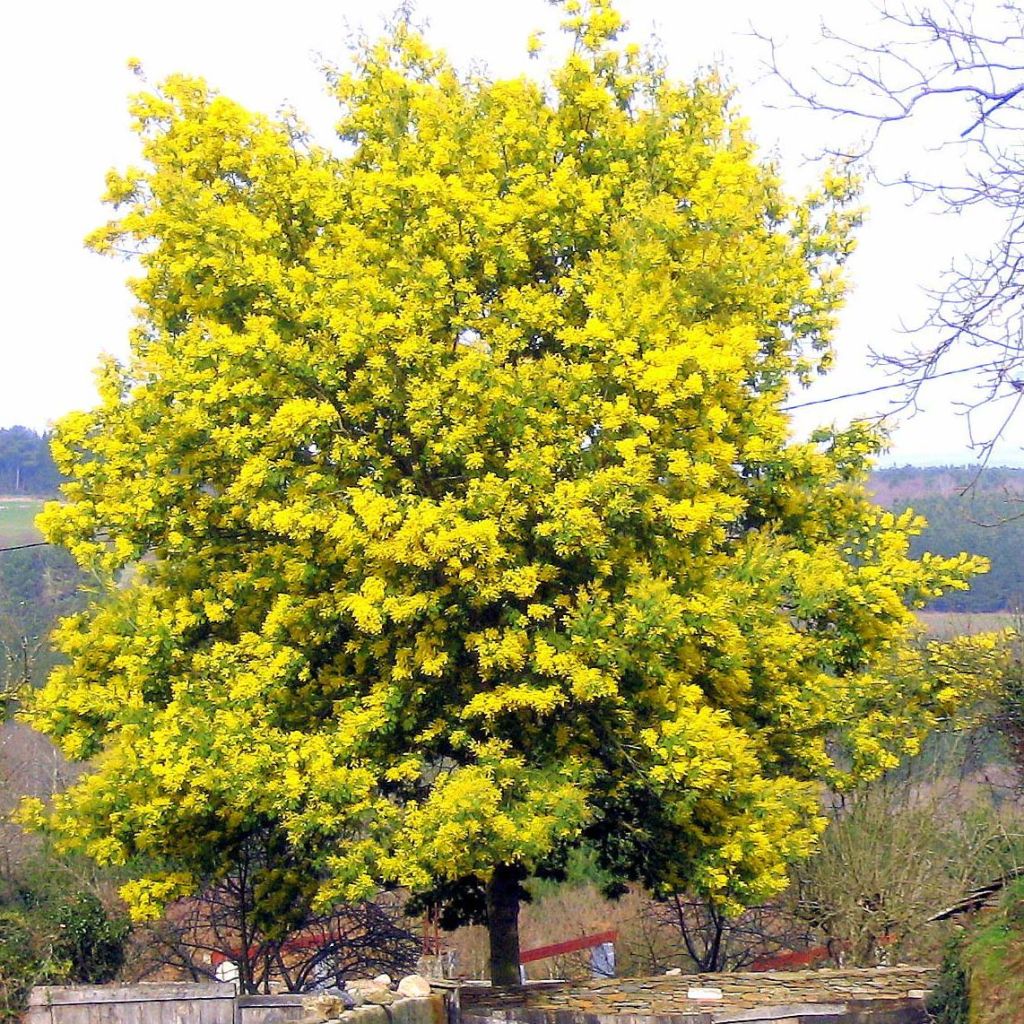

Acacia dealbata
View more pictures
Hide images
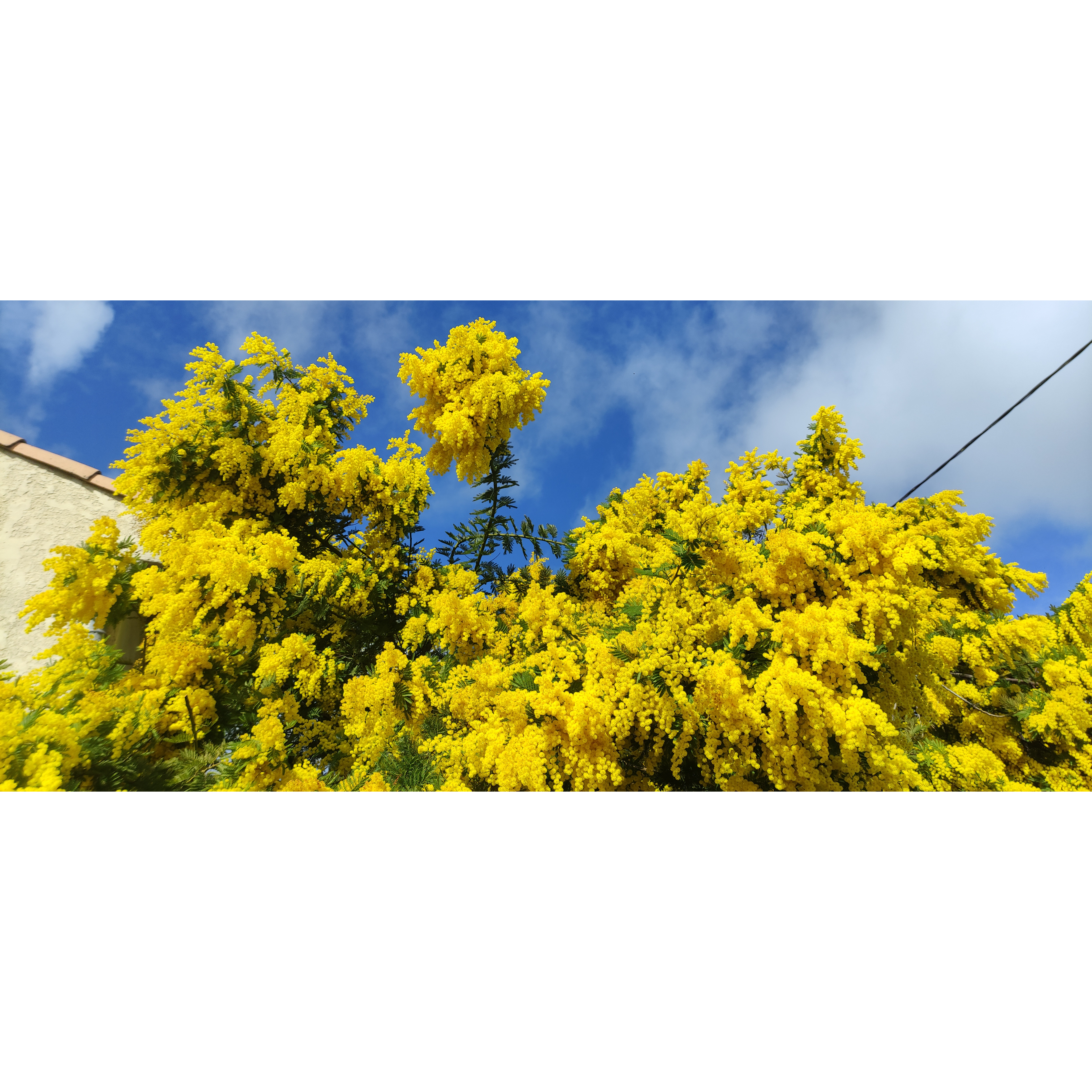
Marc D.

No text to translate, please provide the customer review for translation.
Marc D. • 11 FR
Acacia dealbata
Acacia dealbata
Silver Wattle, Mimosa, Blue wattle
Beautiful tree that has reached 6 meters in height after 5 years! One question: is the one I bought from you in 2019 grafted?
Alain, 23/03/2025
Special offer!
Receive a €20 voucher for any order over €90 (excluding delivery costs, credit notes, and plastic-free options)!
1- Add your favorite plants to your cart.
2- Once you have reached €90, confirm your order (you can even choose the delivery date!).
3- As soon as your order is shipped, you will receive an email containing your voucher code, valid for 3 months (90 days).
Your voucher is unique and can only be used once, for any order with a minimum value of €20, excluding delivery costs.
Can be combined with other current offers, non-divisible and non-refundable.
Why not try an alternative variety in stock?
View all →This plant carries a 24 months recovery warranty
More information
We guarantee the quality of our plants for a full growing cycle, and will replace at our expense any plant that fails to recover under normal climatic and planting conditions.

Would this plant suit my garden?
Set up your Plantfit profile →
Description
Acacia dealbata, commonly known as Winter Mimosa or Florists' Mimosa, should not be confused with the tree we call acacia. It is a tall evergreen bush, vigorous but frost-sensitive, which blooms early in late winter in mild climates. It produces numerous clusters of small characteristic flowers, resembling tiny yellow pompoms, with a unique fragrance. The flowers are highly prized in floral art. Its finely cut fern-like foliage, with a beautiful silvery blue-green colour, provides perfect shade. This mimosa is a fantastic hedge bush or a very beautiful specimen to be planted in isolation in favourable climates. It will also make a superb specimen, planted in a large pot, to be stored in winter in cold regions.
Acacia dealbata is a sucker-producing small tree, native to Australia. It is fast-growing but with a short lifespan. It was imported to Europe as early as 1771. This plant belongs to the Fabaceae family. It likes mild, hot, dry climates in summer, and slightly acidic soil.
It is commercially available in the form of a plant usually grafted onto Acacia retinodes, which is less hardy but non-suckering and much more tolerant of limestone soils. This small single-trunk tree has a rounded and dense habit, reaching 5m (16ft) in height and 4.5m (15ft) in spread at maturity in favourable conditions. Its dimensions can easily be controlled by post-flowering pruning or cultivation in pots. The bark is smooth and greyish. Its flowering is abundant from January to March, depending on climatic conditions, but nevertheless less spectacular than that of horticultural varieties. Its small round flowers are clusters of bright yellow stamens and are gathered in axillary racemes. Their fragrance is recognisable among all: a fresh herbaceous start gives way to a divine honey smell. Its downy branches bear strongly cut leaves, with greenish-blue and silvery reflections. Each leaf is divided into leaflets, which are themselves divided into tiny leaflets. Its hardiness does not exceed -6°C (21.2°F), but its resistance to summer drought is excellent.
When planted in the ground in mild climates, it can be placed as a standalone specimen, in a hedge, or in a row. It works well as a vegetal privacy screen, due to its shading ability. It can be planted with other frost-sensitive shrubs with exotic appearance, such as Abutilon x suntense, Caesalpinia gilliesii, Jacaranda mimosifolia (Blue Flamboyant), Sesbania punicea, escallonias, callistemons, Garrya elliptica, or Coleonema album. It can be grown in pots, protecting it from winter frosts in a minimally heated greenhouse or conservatory.
Acacia dealbata in pictures
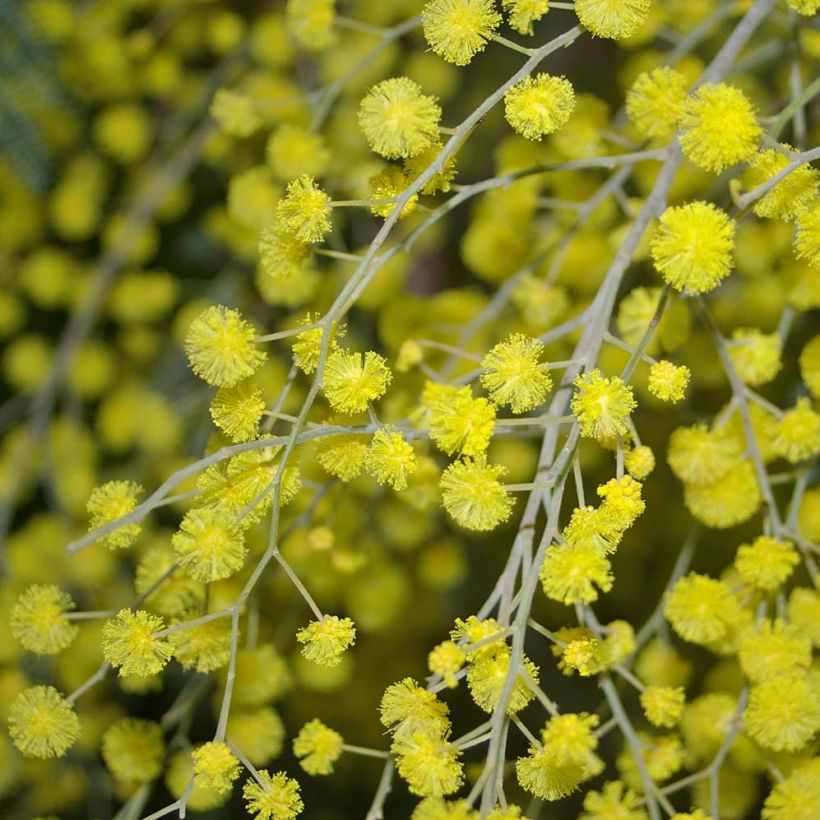



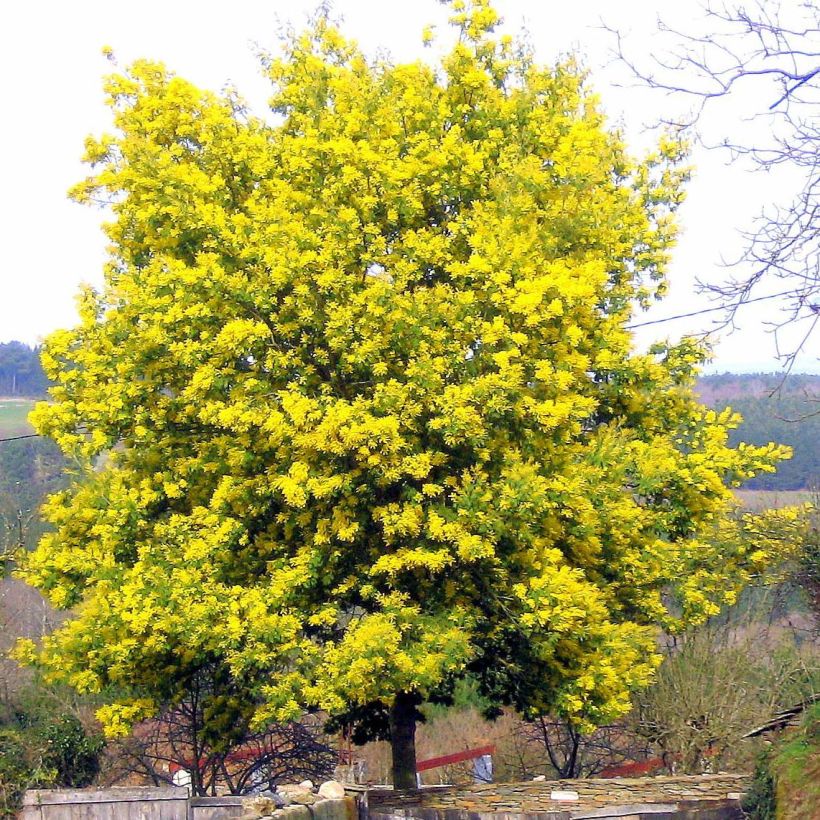

Plant habit
Flowering
Foliage
Botanical data
Acacia
dealbata
Fabaceae
Silver Wattle, Mimosa, Blue wattle
Australia
Other Acacia - Wattle
View all →Planting and care
When grafted onto Acacia retinodes, A. dealbata is cultivated in the same way. Plant in spring, in March or April, in a very sunny position, sheltered from strong winds. In mild regions, plant in autumn. Its roots are superficial, so install a stake at the time of planting, to keep it upright and allow it to root. This bush is not demanding on the nature of the soil, which must however be sufficiently draining. As it tolerates drought well, watering is not necessary when grown in open ground. Although optional, an annual light pruning is recommended, especially if the tree is slightly exposed to wind. After flowering, in April, shorten the branches that have bloomed, by about half their length. This operation also helps to prevent the formation of pods that exhaust the plant. A spring pruning can also be done to remove branches that have suffered from the cold and to rebalance the habit of the bush. Mimosa is sensitive to cold; as soon as temperatures approach 0°C (32°F), it is advisable to install a thick mulch at its base and cover it with winter protection.
In case of cultivation in a pot, repot in a large container every two years, in spring. Water from time to time; the root ball should not dry out completely. In cold regions, overwinter it in a bright and cool but frost-free room.
When it grows on its own roots, Acacia dealbata is very resistant to drought and hardy down to -10°C (14°F) in a sheltered exposure, regrowing from the stump even if all its above-ground parts have been destroyed. It does not tolerate the presence of excessive limestone in the soil. It produces a lot of suckers. It is therefore advisable to plant it away from the foundations of the house!
The enemies of this mimosa are psyllid (false aphid), mealybug (Metcalfa pruinosa) and cottony cushion scale (Icerya purchasi). To limit their development, spray nettle manure or diluted black soap at 5% concentration.
Planting period
Intended location
Care
Planting & care advice
-
, onOrder confirmed
Reply from on Promesse de fleurs
Similar products
Haven't found what you were looking for?
Hardiness is the lowest winter temperature a plant can endure without suffering serious damage or even dying. However, hardiness is affected by location (a sheltered area, such as a patio), protection (winter cover) and soil type (hardiness is improved by well-drained soil).

Photo Sharing Terms & Conditions
In order to encourage gardeners to interact and share their experiences, Promesse de fleurs offers various media enabling content to be uploaded onto its Site - in particular via the ‘Photo sharing’ module.
The User agrees to refrain from:
- Posting any content that is illegal, prejudicial, insulting, racist, inciteful to hatred, revisionist, contrary to public decency, that infringes on privacy or on the privacy rights of third parties, in particular the publicity rights of persons and goods, intellectual property rights, or the right to privacy.
- Submitting content on behalf of a third party;
- Impersonate the identity of a third party and/or publish any personal information about a third party;
In general, the User undertakes to refrain from any unethical behaviour.
All Content (in particular text, comments, files, images, photos, videos, creative works, etc.), which may be subject to property or intellectual property rights, image or other private rights, shall remain the property of the User, subject to the limited rights granted by the terms of the licence granted by Promesse de fleurs as stated below. Users are at liberty to publish or not to publish such Content on the Site, notably via the ‘Photo Sharing’ facility, and accept that this Content shall be made public and freely accessible, notably on the Internet.
Users further acknowledge, undertake to have ,and guarantee that they hold all necessary rights and permissions to publish such material on the Site, in particular with regard to the legislation in force pertaining to any privacy, property, intellectual property, image, or contractual rights, or rights of any other nature. By publishing such Content on the Site, Users acknowledge accepting full liability as publishers of the Content within the meaning of the law, and grant Promesse de fleurs, free of charge, an inclusive, worldwide licence for the said Content for the entire duration of its publication, including all reproduction, representation, up/downloading, displaying, performing, transmission, and storage rights.
Users also grant permission for their name to be linked to the Content and accept that this link may not always be made available.
By engaging in posting material, Users consent to their Content becoming automatically accessible on the Internet, in particular on other sites and/or blogs and/or web pages of the Promesse de fleurs site, including in particular social pages and the Promesse de fleurs catalogue.
Users may secure the removal of entrusted content free of charge by issuing a simple request via our contact form.
The flowering period indicated on our website applies to countries and regions located in USDA zone 8 (France, the United Kingdom, Ireland, the Netherlands, etc.)
It will vary according to where you live:
- In zones 9 to 10 (Italy, Spain, Greece, etc.), flowering will occur about 2 to 4 weeks earlier.
- In zones 6 to 7 (Germany, Poland, Slovenia, and lower mountainous regions), flowering will be delayed by 2 to 3 weeks.
- In zone 5 (Central Europe, Scandinavia), blooming will be delayed by 3 to 5 weeks.
In temperate climates, pruning of spring-flowering shrubs (forsythia, spireas, etc.) should be done just after flowering.
Pruning of summer-flowering shrubs (Indian Lilac, Perovskia, etc.) can be done in winter or spring.
In cold regions as well as with frost-sensitive plants, avoid pruning too early when severe frosts may still occur.
The planting period indicated on our website applies to countries and regions located in USDA zone 8 (France, United Kingdom, Ireland, Netherlands).
It will vary according to where you live:
- In Mediterranean zones (Marseille, Madrid, Milan, etc.), autumn and winter are the best planting periods.
- In continental zones (Strasbourg, Munich, Vienna, etc.), delay planting by 2 to 3 weeks in spring and bring it forward by 2 to 4 weeks in autumn.
- In mountainous regions (the Alps, Pyrenees, Carpathians, etc.), it is best to plant in late spring (May-June) or late summer (August-September).
The harvesting period indicated on our website applies to countries and regions in USDA zone 8 (France, England, Ireland, the Netherlands).
In colder areas (Scandinavia, Poland, Austria...) fruit and vegetable harvests are likely to be delayed by 3-4 weeks.
In warmer areas (Italy, Spain, Greece, etc.), harvesting will probably take place earlier, depending on weather conditions.
The sowing periods indicated on our website apply to countries and regions within USDA Zone 8 (France, UK, Ireland, Netherlands).
In colder areas (Scandinavia, Poland, Austria...), delay any outdoor sowing by 3-4 weeks, or sow under glass.
In warmer climes (Italy, Spain, Greece, etc.), bring outdoor sowing forward by a few weeks.































